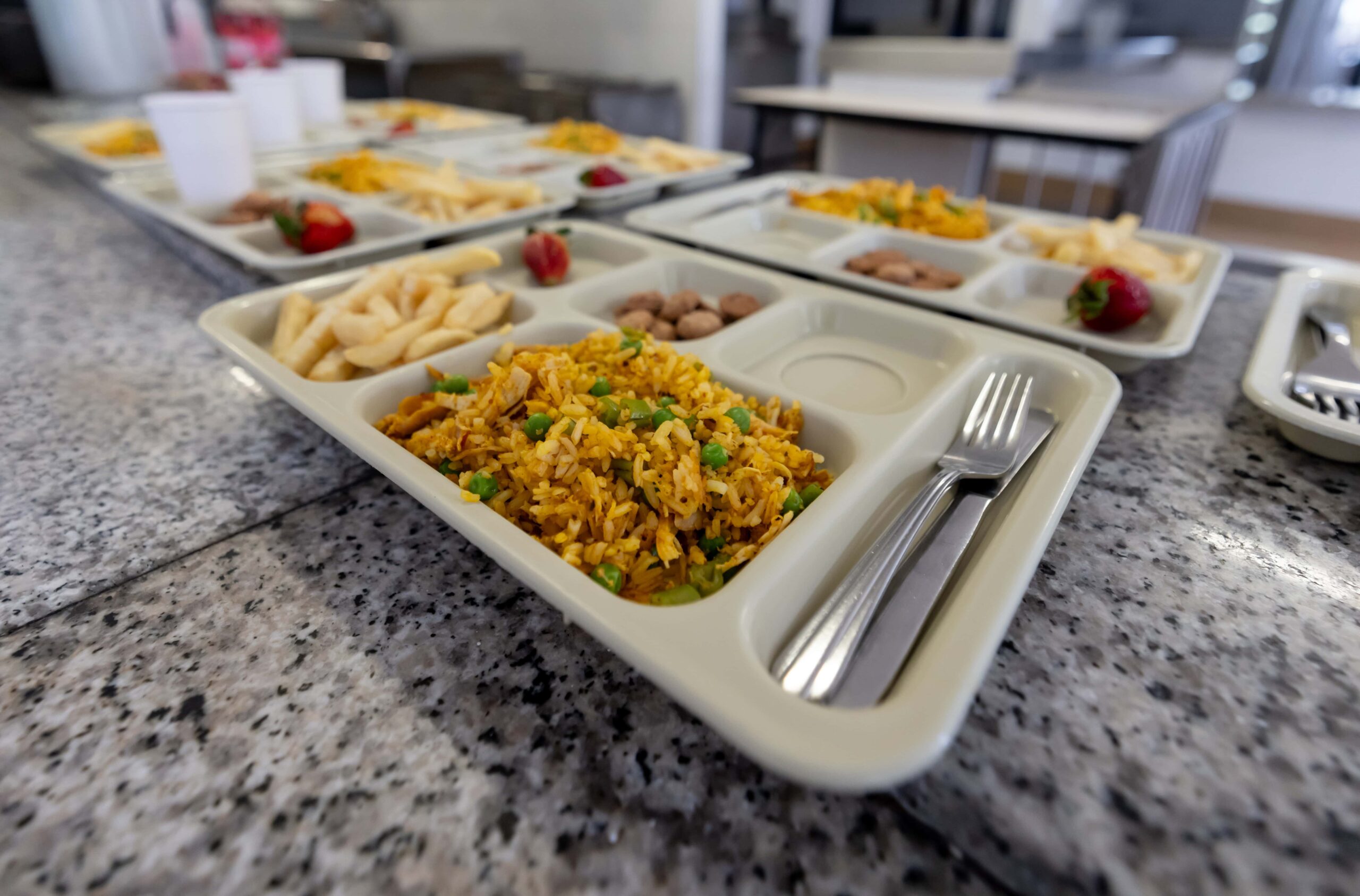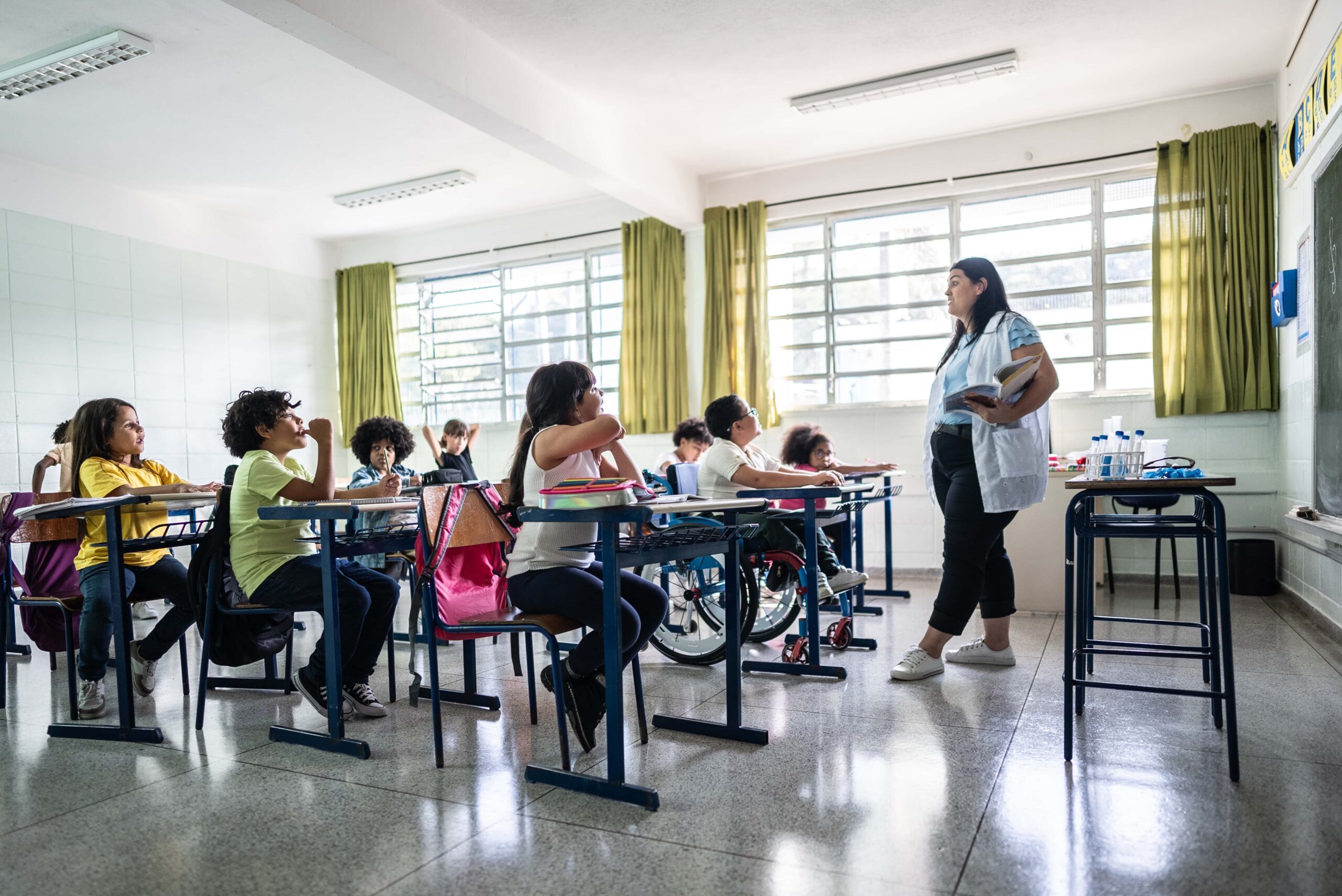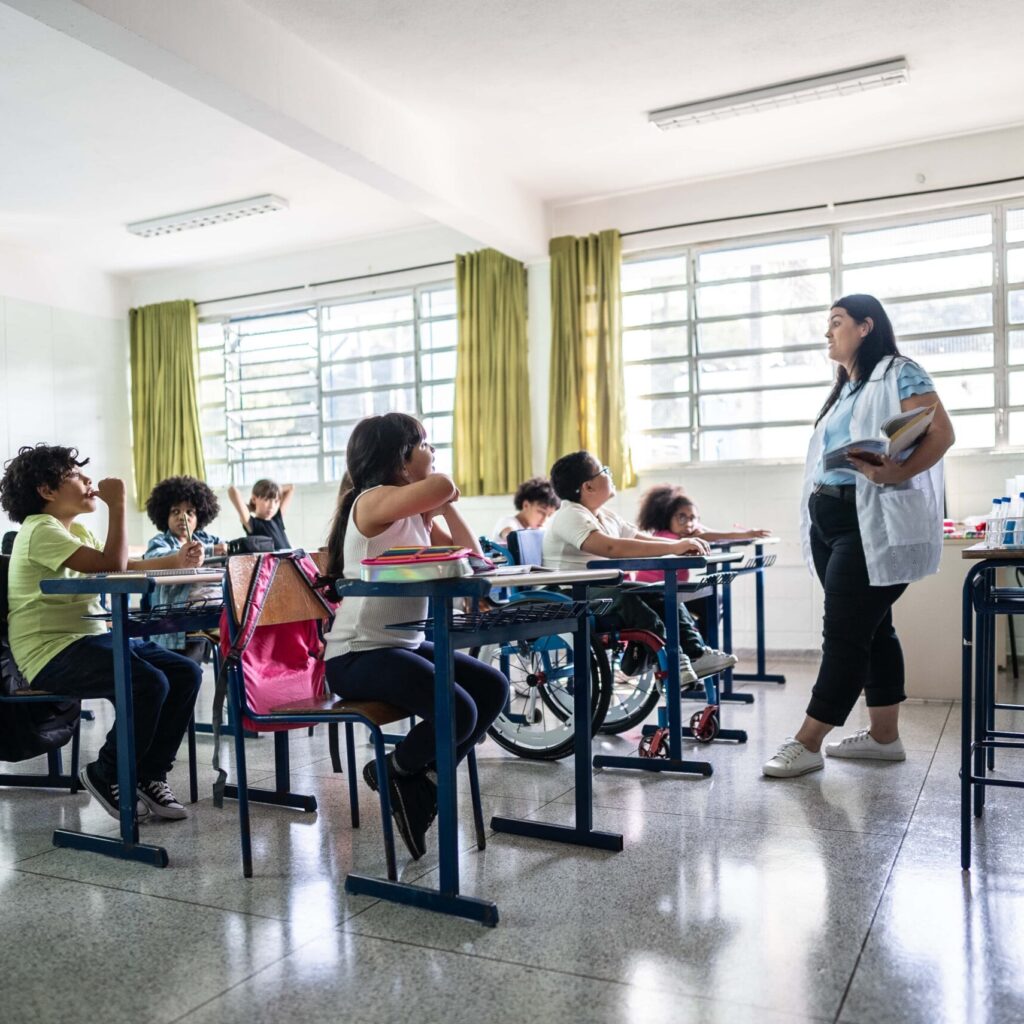Effective scheduling is the backbone of successful pizzerias in Atascocita, Texas. Managing a pizza restaurant requires juggling numerous variables – from tracking busy dinner rushes on Friday nights to ensuring adequate staffing during local events and school breaks. In this competitive food service landscape, pizzeria owners must master employee scheduling to control labor costs, maintain quality service, and retain their valuable staff. With the right scheduling approach, pizzerias can transform this administrative challenge into a strategic advantage that boosts both profitability and employee satisfaction.
The restaurant industry in Atascocita faces unique workforce management demands, with pizzerias particularly susceptible to unpredictable rush periods, weekend surges, and seasonal fluctuations. Many local pizzeria owners still rely on outdated scheduling methods like paper calendars, spreadsheets, or basic text messages, which can lead to miscommunications, scheduling conflicts, and unnecessary overtime costs. Implementing modern employee scheduling solutions tailored to the specific needs of pizzerias can revolutionize operations, allowing owners to focus more on delighting customers with great food and less on administrative headaches.
Understanding the Unique Scheduling Challenges for Pizzerias in Atascocita
Pizzerias in Atascocita face distinctive scheduling challenges that differ from other food service establishments or retail businesses. Understanding these challenges is the first step toward developing effective scheduling practices. Local pizzeria owners need to navigate fluctuating customer demand, diverse staffing needs, and the particular rhythm of the Atascocita community.
- Unpredictable Rush Periods: Pizzerias often experience sudden surges in orders, especially during sporting events, local school functions, or when nearby Lake Houston attractions draw visitors to the area.
- Weekend and Evening Intensity: Unlike businesses with standard operating hours, pizzerias see their highest demand during evenings and weekends, requiring flexible staff who can work these less desirable shifts.
- Delivery Driver Coordination: Managing both in-house staff and delivery drivers adds complexity, as drivers need to be scheduled based on geographic delivery zones within Atascocita and surrounding areas.
- Seasonal Fluctuations: School calendars, summer tourism at Lake Houston, and holiday patterns create significant seasonal variations that impact staffing needs.
- Staff Composition Challenges: Many pizzerias employ a mix of full-time, part-time, and student workers, each with different availability constraints and scheduling needs.
These challenges highlight why generic scheduling approaches often fall short for pizzerias. Using specialized scheduling software that understands the rhythms of restaurant service can dramatically improve operations. Modern hospitality scheduling solutions offer features designed specifically for food service businesses, including demand forecasting based on historical patterns and integration with POS systems to track busy periods.
Benefits of Implementing Effective Scheduling for Pizzeria Operations
Implementing a robust scheduling system delivers tangible benefits that directly impact a pizzeria’s bottom line and operational efficiency. Pizzeria owners in Atascocita who invest in proper scheduling solutions often see significant improvements across multiple aspects of their business.
- Optimized Labor Costs: Proper scheduling ensures you have exactly the staff you need when you need them, avoiding costly overstaffing during slow periods and preventing understaffing during rushes.
- Improved Employee Satisfaction: When schedules are fair, consistent, and respectful of time-off requests, employee engagement and retention rates improve significantly.
- Enhanced Customer Experience: Properly staffed shifts mean shorter wait times, better service quality, and happier customers who are more likely to return and recommend your pizzeria.
- Reduced Administrative Time: Advanced scheduling tools can reduce the time spent creating and adjusting schedules by up to 80%, allowing owners and managers to focus on other critical areas of the business.
- Better Compliance Management: Automated systems help track hours worked, break times, and overtime to ensure compliance with Texas labor laws and reduce the risk of costly violations.
Many pizzeria owners report that improved scheduling directly correlates with improved profitability. By implementing strategic shift scheduling strategies, restaurants can better align labor costs with revenue, ensuring that staffing levels match customer demand. One local Atascocita pizzeria found that optimizing their schedule reduced labor costs by nearly 15% while simultaneously improving service speed during peak hours – a win-win scenario that directly enhanced their bottom line.
Essential Features to Look for in Pizzeria Scheduling Software
Selecting the right scheduling software is crucial for pizzeria owners in Atascocita. Not all scheduling platforms are created equal, and certain features are particularly valuable for the unique needs of pizza restaurants. When evaluating scheduling solutions, consider these essential capabilities that will best serve your pizzeria’s specific requirements.
- Mobile Accessibility: Look for solutions with robust mobile apps that allow staff to view schedules, request time off, and swap shifts from their smartphones, which is essential for a young, active workforce.
- Shift Swapping Capabilities: Shift marketplace features enable employees to trade shifts with manager approval, reducing no-shows and last-minute scheduling crises.
- Forecasting Tools: Advanced systems integrate with your POS to analyze past sales data and predict busy periods, helping you staff appropriately for projected demand.
- Real-time Communication: Look for platforms with integrated team communication features that allow instant messaging between managers and staff about schedule-related matters.
- Labor Cost Controls: The best solutions include tools to track labor costs in real-time, alert managers to potential overtime, and help optimize schedules to meet target labor percentages.
- Integration Capabilities: Choose software that integrates with your existing systems, including POS, payroll, and accounting platforms for seamless data flow.
Modern scheduling software features have evolved significantly in recent years. Today’s best solutions leverage artificial intelligence to help predict staffing needs based on historical data, weather forecasts, and local events. These advanced capabilities can be game-changers for pizzerias in Atascocita, where staffing needs can vary dramatically based on factors like high school football games, nearby concerts, or even rainy days that drive up delivery orders.
Managing Peak Hours with Strategic Scheduling in Atascocita Pizzerias
Peak hours represent both the greatest opportunity and the greatest challenge for pizzerias. In Atascocita, understanding local patterns is essential for effective peak-hour management. From Friday night rushes to surges during Eagles football games, strategic scheduling during these high-volume periods can make or break your customer experience and profitability.
- Staggered Shift Starts: Schedule employees to arrive in waves rather than all at once, ensuring coverage ramps up as business increases and tapers off as it slows down.
- Position-Specific Planning: During peaks, ensure you have your strongest pizza makers, most efficient servers, and most knowledgeable delivery drivers scheduled.
- Break Management: Carefully coordinate break times to avoid multiple staff being off the floor during rush periods, using micro-break scheduling techniques during extreme peaks.
- Split Shifts: Consider implementing split shifts during days with two distinct peak periods, such as lunch and dinner rushes, to optimize labor without unnecessary downtime.
- On-call Staff: Develop a reliable on-call system for unexpectedly busy periods, particularly during local events or bad weather that may drive up delivery orders.
Effective peak time scheduling optimization requires a balance between having enough staff to provide excellent service and controlling labor costs. Advanced scheduling solutions can help analyze historical sales data to identify patterns specific to your location. For example, an Atascocita pizzeria might discover that Thursday evenings are consistently busy due to nearby community events, warranting staffing levels closer to weekend patterns rather than typical weekday levels.
Seasonal Considerations for Pizzerias in Atascocita
Atascocita’s seasonal patterns significantly impact pizzeria operations throughout the year. From summer vacation periods to school schedules and holiday seasons, understanding and preparing for these fluctuations is essential for effective staff scheduling. Proactive planning for these seasonal shifts can help maintain service quality while controlling labor costs.
- School Year Impact: When Humble ISD schools are in session, lunch rushes may be lighter, but after-school and evening business often increases, particularly around sporting events and school functions.
- Summer Scheduling: Summer brings more families to area attractions like Lake Houston and local parks, potentially increasing weekend business and early evening orders.
- Holiday Planning: Major holidays require special scheduling consideration, with some (like Super Bowl Sunday) being extremely busy for pizzerias while others might see reduced business.
- Weather Patterns: Texas summer heat and occasional severe weather events influence customer behavior, often increasing delivery orders during extreme conditions.
- Staff Availability Fluctuations: Many pizzerias employ students whose availability changes dramatically between school periods and breaks, requiring flexible seasonal staffing approaches.
Implementing seasonal shift marketplace strategies can help address these fluctuations. This approach allows staff to pick up extra shifts during busy periods and reduce hours during slower times according to their preferences. For example, student employees might want fewer hours during exam periods but more hours during breaks. Using scheduling software that supports these flexible arrangements can significantly improve both operational efficiency and employee satisfaction throughout the year.
Compliance with Texas Labor Laws in Pizzeria Scheduling
Navigating labor law compliance while scheduling pizzeria staff in Texas requires careful attention to both federal and state regulations. Texas follows federal minimum wage laws and has some state-specific provisions that affect scheduling practices. Ensuring compliance not only avoids costly penalties but also fosters a fair work environment that helps attract and retain quality employees.
- Overtime Regulations: Federal law requires overtime pay for hours worked beyond 40 in a workweek. Scheduling software should track cumulative hours and alert managers when employees approach overtime thresholds.
- Minor Labor Laws: Many pizzerias employ high school students, who face restrictions on working hours during school days and nights preceding school days, requiring careful minor labor law compliance in scheduling.
- Break Requirements: While Texas doesn’t mandate meal or rest breaks for adults, establishing consistent break policies improves employee satisfaction and performance.
- Record-Keeping Obligations: Federal law requires maintaining accurate time records for at least two years, making automated time-tracking features essential.
- Predictive Scheduling Considerations: Though Texas currently doesn’t have predictive scheduling laws (requiring advance notice of schedules), providing consistent schedules is a best practice that improves retention.
Modern scheduling systems offer built-in labor compliance features that help pizzeria owners navigate these requirements. These platforms can automatically flag potential violations before schedules are published, such as insufficient rest periods between shifts, minor labor law conflicts, or approaching overtime thresholds. Having these automated safeguards in place provides peace of mind for busy restaurant owners who might otherwise struggle to keep track of complex regulatory requirements while managing all other aspects of their business.
Best Practices for Staff Communication and Schedule Distribution
Clear, consistent communication is fundamental to successful scheduling in pizzerias. How you distribute schedules and communicate changes can significantly impact employee satisfaction, reduce no-shows, and minimize confusion. Implementing systematic communication practices around scheduling helps create a more reliable and engaged workforce.
- Consistent Schedule Release: Publish schedules at the same time each week, ideally with at least 7-14 days’ advance notice, allowing staff to plan their personal lives accordingly.
- Multi-Channel Distribution: Make schedules available through multiple channels—mobile apps, email, posted in-store—to ensure all employees can access their schedules easily.
- Notification Systems: Implement automated notifications for new schedules, changes, or shift opportunities using team communication tools that confirm receipt.
- Clear Shift Change Protocols: Establish and communicate straightforward procedures for requesting time off, swapping shifts, or handling emergencies.
- Feedback Channels: Create accessible ways for staff to provide input on scheduling practices, preferences, and challenges to continually improve your approach.
Digital communication tools have revolutionized schedule management for restaurants. Communication tools integration with scheduling systems ensures that employees not only receive their schedules but also confirm they’ve seen them. This accountability feature dramatically reduces no-shows and “I didn’t know I was scheduled” situations. Additionally, creating clear communication channels helps address last-minute changes that inevitably arise in the dynamic pizzeria environment, where weather, local events, or unexpected rushes may require schedule adjustments.
Leveraging Technology for Employee Self-Service and Shift Management
Modern scheduling technology empowers pizzeria employees to take a more active role in managing their own schedules, reducing administrative burden on managers while improving staff satisfaction. Self-service features allow team members to indicate availability, request time off, and even participate in shift trades or pickups, creating a more flexible and responsive scheduling environment.
- Digital Availability Updates: Enable staff to update their availability electronically, providing managers with real-time information for creating optimized schedules.
- Shift Marketplace: Implement a shift marketplace where employees can post shifts they need covered and pick up extra shifts that fit their schedule and skills.
- Time-Off Request Systems: Provide digital tools for submitting, tracking, and approving time-off requests with clear visibility into request status.
- Schedule Preferences: Allow employees to indicate preferred shifts and working patterns, which can be incorporated into scheduling algorithms when possible.
- Mobile Clock-In/Out: Consider mobile time tracking that allows employees to clock in and out from their phones, with geofencing to ensure they’re actually at the pizzeria.
The benefits of employee self-service scheduling extend beyond administrative convenience. When employees have more control over their schedules, they report higher job satisfaction and are more likely to stay with the company longer. This self-service approach is particularly valuable for pizzerias in Atascocita, where many staff members are juggling work with school or family responsibilities. By implementing shift swapping capabilities, pizzeria owners can maintain coverage even when employees have unexpected conflicts, reducing the stress on both managers and staff.
Measuring the Impact of Effective Scheduling on Your Pizzeria’s Performance
To justify the investment in scheduling solutions and continuously improve your approach, it’s essential to measure how scheduling practices affect your pizzeria’s performance. Tracking key metrics allows you to quantify the business impact of your scheduling strategies and make data-driven adjustments for even better results.
- Labor Cost Percentage: Monitor your labor costs as a percentage of sales, looking for improvements after implementing more strategic scheduling practices.
- Employee Turnover Rate: Track whether improved scheduling practices lead to better employee retention, which reduces costly hiring and training expenses.
- Schedule Adherence: Measure no-shows, tardiness, and early departures to evaluate how well your scheduling system is working for your team.
- Customer Satisfaction Metrics: Connect scheduling practices to customer experience by monitoring reviews, satisfaction scores, and feedback about service speed.
- Manager Time Savings: Quantify the hours saved on administrative tasks related to scheduling, allowing managers to focus on other business-critical activities.
Advanced scheduling solutions provide built-in reporting and analytics tools that make it easy to track these metrics and identify trends. By leveraging these insights, pizzeria owners can make continuous improvements to their scheduling approaches. For example, if data shows that certain staff combinations consistently result in higher sales or better customer reviews, you can prioritize those team compositions in future schedules. This data-driven approach to schedule adherence analytics transforms scheduling from a purely administrative task into a strategic business function that directly contributes to your pizzeria’s success.
Implementing a New Scheduling System in Your Atascocita Pizzeria
Transitioning to a new scheduling system requires thoughtful planning and execution to ensure successful adoption. A strategic implementation approach helps overcome resistance to change and ensures both management and staff can fully leverage the benefits of the new system quickly and effectively.
- Needs Assessment: Begin by clearly identifying your specific scheduling challenges and desired outcomes to select the right solution for your pizzeria’s unique requirements.
- Staff Involvement: Include key staff members in the selection process to gain valuable insights and build buy-in from the beginning.
- Phased Implementation: Consider a gradual rollout, perhaps starting with just manager access before extending to all staff, to allow time for adjustment.
- Comprehensive Training: Provide thorough training for all users, with separate sessions tailored to managers and staff focusing on their specific system interactions.
- Data Migration: Carefully transfer existing employee information, availability data, and historical scheduling patterns to the new system for continuity.
- Feedback Loops: Establish mechanisms to collect user feedback during the transition period to quickly address issues and make necessary adjustments.
Successful implementation also requires clear communication about why the change is happening and how it will benefit everyone involved. Emphasize time-saving benefits for managers and increased schedule flexibility for staff. Many pizzerias find success by identifying “champions” among their team who can help promote adoption and assist colleagues with questions. Implementation and training resources should be easily accessible, including quick reference guides posted in staff areas and digital tutorials that can be reviewed as needed. With proper planning and support, most pizzerias can fully transition to a new scheduling system within 2-4 weeks.
Conclusion: Transforming Your Pizzeria Through Strategic Scheduling
Effective scheduling is not merely an administrative function but a strategic advantage for pizzerias in Atascocita. By implementing the right scheduling practices and leveraging modern technology, pizzeria owners can simultaneously improve operational efficiency, enhance employee satisfaction, and deliver better customer experiences. The benefits extend beyond convenience to directly impact your bottom line through optimized labor costs, reduced turnover, and increased customer loyalty.
As the restaurant industry continues to evolve, particularly in growing communities like Atascocita, those who embrace advanced scheduling solutions will gain a competitive edge. Modern scheduling platforms like Shyft offer the flexibility, communication tools, and analytics needed to navigate the unique challenges of pizzeria operations. By taking a strategic approach to staff scheduling—considering seasonal patterns, local events, and employee preferences—pizzeria owners can create a more resilient business model that thrives even in challenging times. The investment in proper scheduling systems and practices yields returns far beyond the initial effort, positioning your pizzeria for long-term success in the Atascocita market.
FAQ
1. How can scheduling software improve my pizzeria’s profitability in Atascocita?
Scheduling software directly improves profitability by optimizing labor costs to match customer demand patterns. It prevents overstaffing during slow periods while ensuring adequate coverage during rushes, potentially reducing labor costs by 10-15%. The software also minimizes expensive overtime by tracking hours and alerting managers to potential overtime situations before they occur. Additionally, better scheduling leads to improved employee satisfaction and reduced turnover, saving significant hiring and training costs. Finally, proper staffing levels ensure optimal customer service, leading to better reviews, repeat business, and increased revenue over time.
2. What are the most important features to look for in scheduling software for a small pizzeria in Atascocita?
The most critical features include mobile accessibility for your on-the-go staff, integrated communication tools for quick schedule updates, and shift swapping capabilities that allow employees to trade shifts with manager approval. Look for software with forecasting tools that analyze past sales data to predict busy periods specific to your Atascocita location. Labor cost controls and compliance features are essential to prevent expensive overtime and ensure adherence to Texas labor laws. Finally, seek solutions that integrate with your existing POS and payroll systems to streamline operations and reduce administrative work.
3. How do I handle scheduling during seasonal peaks and local events in Atascocita?
Start by analyzing historical data to identify patterns related to local schools, Lake Houston tourism, and community events. Create a calendar of known high-demand periods including Humble ISD sports events, local festivals, and holidays. Build a flexible staff pool that includes on-call employees willing to work during peak times, and consider implementing shift premiums or incentives for less desirable high-demand shifts. Use scheduling software with forecasting capabilities to anticipate staffing needs based on previous similar events. Finally, develop clear communication protocols for last-minute schedule adjustments when unexpected rushes occur, such as during severe weather that increases delivery orders.
4. How can I ensure compliance with Texas labor laws while scheduling employees?
To ensure compliance, implement scheduling software with built-in labor law guardrails that flag potential violations before publishing schedules. Pay special attention to overtime regulations, as Texas follows federal laws requiring time-and-a-half pay for hours worked beyond 40 in a workweek. If you employ minors (under 18), carefully track their hours to comply with restrictions on when they can work, particularly during school periods. Maintain accurate time records for at least two years as required by federal law, ideally using automated time-tracking systems. While Texas doesn’t currently have predictive scheduling requirements, providing consistent advance notice of schedules is still a best practice that improves employee satisfaction and reduces turnover.
5. What are the best ways to communicate schedule changes to my pizzeria staff?
The most effective approach is multi-channel communication that ensures all staff members receive important updates regardless of their technology preferences. Implement a scheduling system with automated notifications sent directly to employees’ mobile devices for immediate awareness. Require confirmation or acknowledgment of schedule changes to ensure accountability. Create a standardized protocol for how far in advance changes should be communicated (barring emergencies) and stick to it consistently. Establish a clear chain of communication for urgent last-minute changes, such as a phone tree or priority contact list. Finally, use scheduling software with built-in messaging capabilities that keep all schedule-related communications in one place for easy reference and to prevent miscommunications.












